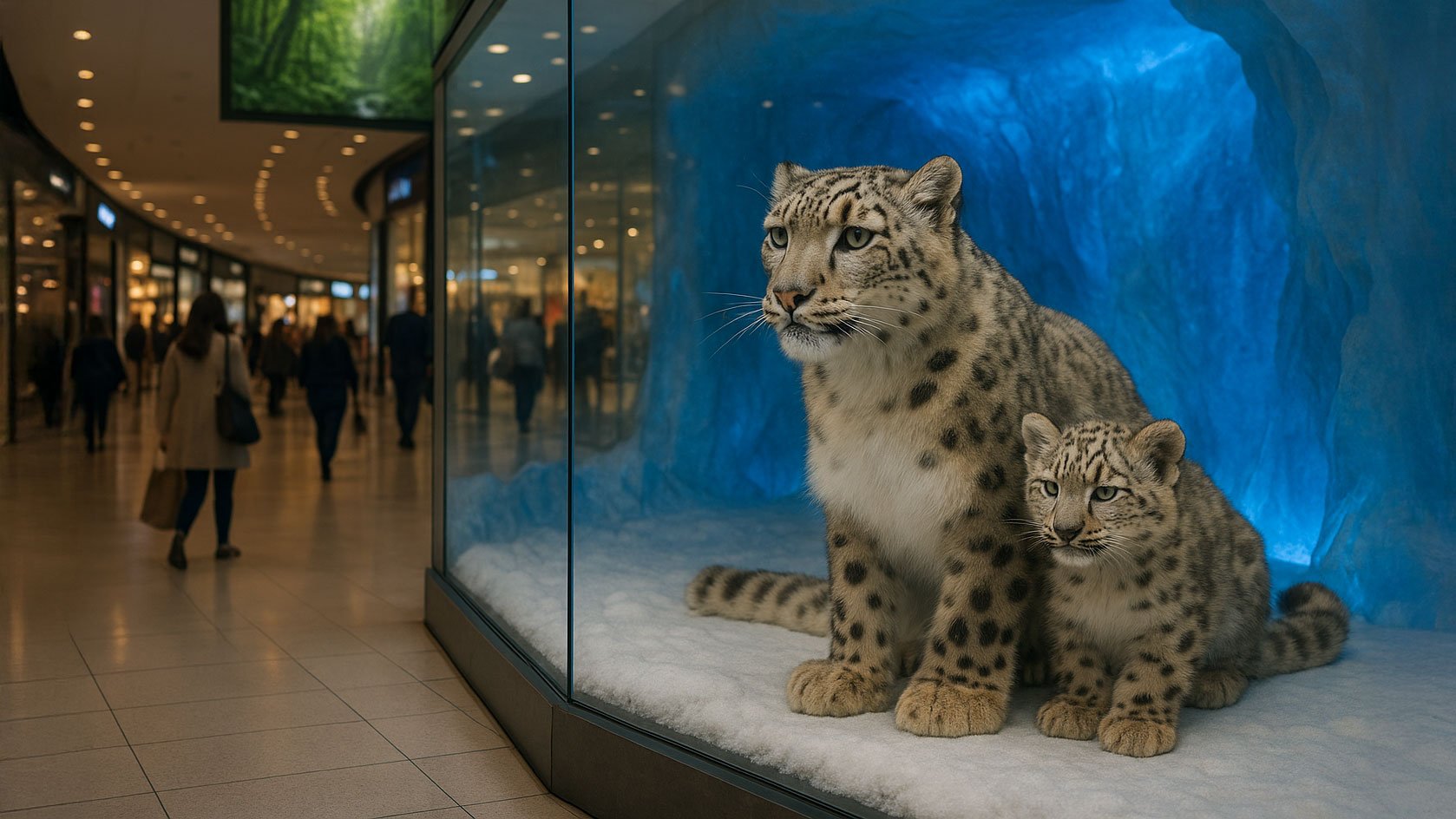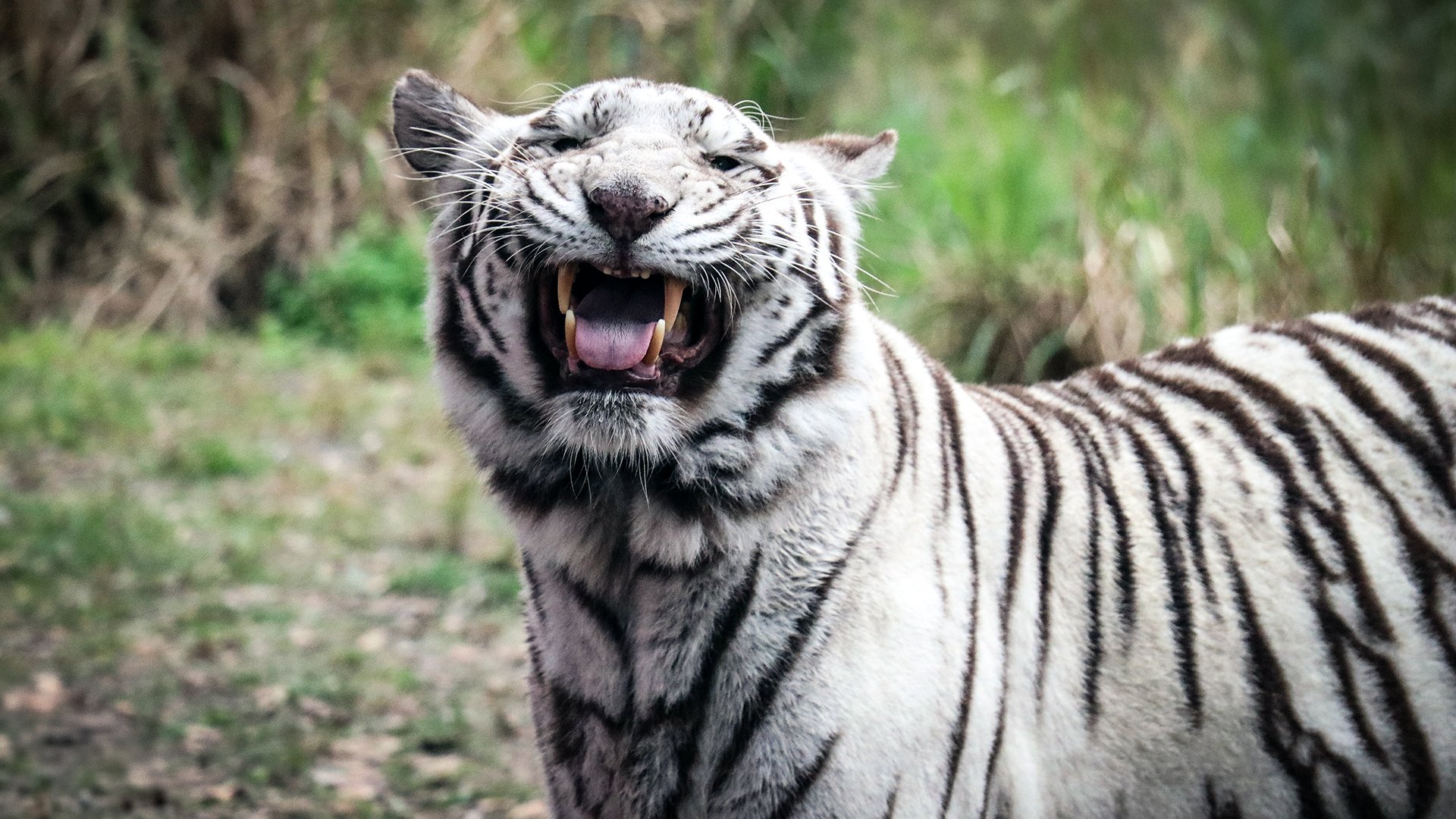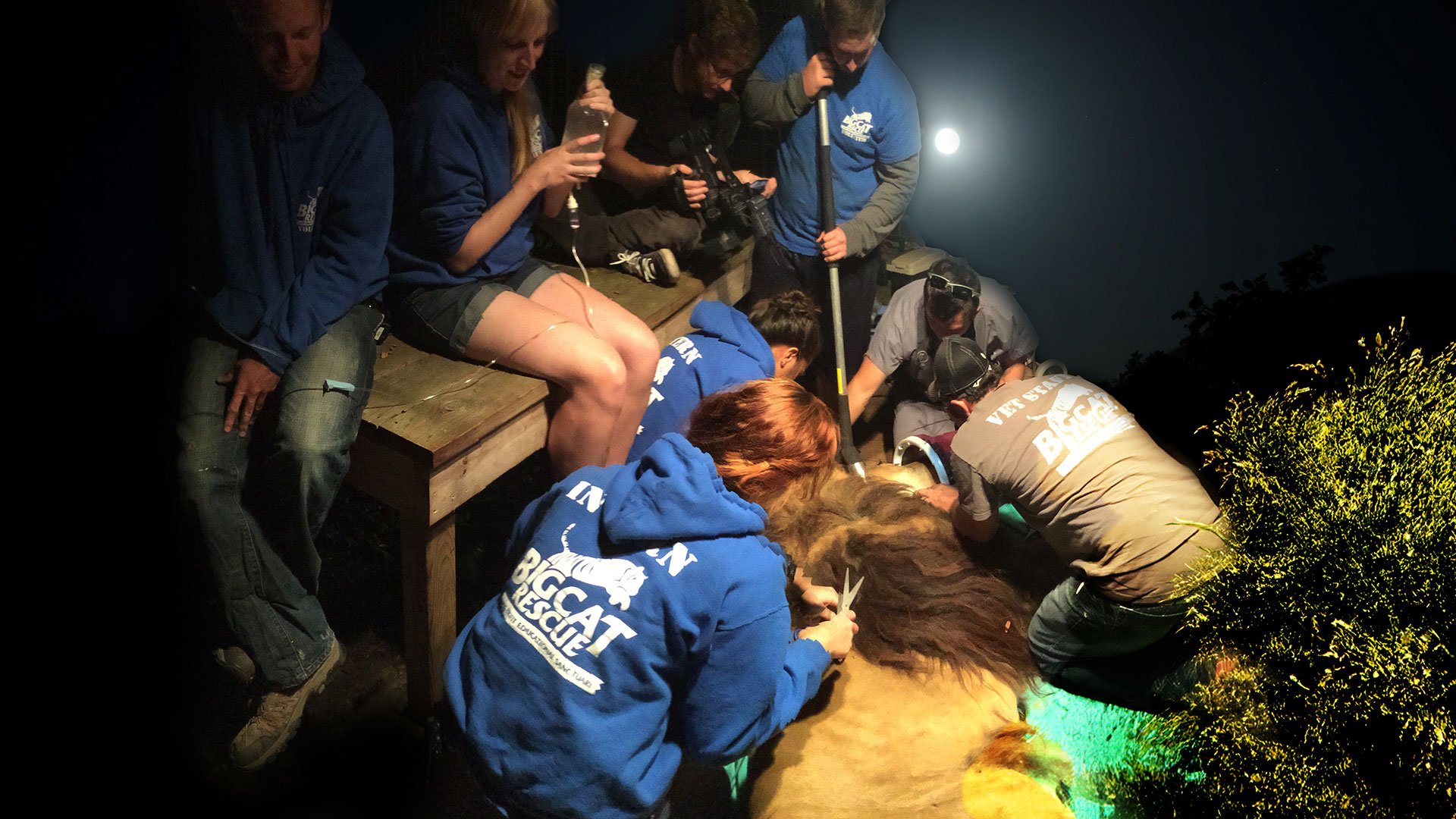Plastic Paradise: How Fake Nature Is Stealing Our Wild Heart
In the echo of a distant lion’s roar, in the gentle hiss of synthetic snow, in the flicker of an LED-lit rainforest—something is missing.
That something is real.
We live in the Anthropocene, an age named not for the wonders of the Earth but for the overwhelming footprint of humanity upon it. According to photographer and author Zed Nelson, in his book The Anthropocene Illusion, our species has constructed a global stage of artificial wilderness: polar bears behind glass in shopping malls, penguins dining with guests in glacier-themed restaurants, fibreglass mountains towering in theme parks, and indoor rainforests humming under climate-controlled domes.
It’s the theater of nature—without the soul.
A World of Illusions
Nelson's haunting documentation reveals the extent of our detachment from wild spaces. In Dalian Forest Zoo, a polar bear paces in an enclosure one-millionth the size of its natural range—just 31,000 square miles too small. In Krausnick, Germany, visitors ride hot air balloons inside a dome housing the world’s largest indoor rainforest. And in Florida’s Walt Disney World, 9 million guests a year experience “Africa,” where elephants roam through curated paths and Donald Duck dons a safari suit.
This is nature distilled into spectacle. It’s safe, clean, perfectly timed, and ultimately sterile.
But why do we do it?
Because deep down, even as we bulldoze forests and pollute oceans, we miss nature.
A Manufactured Connection
The craving for wildness persists in our DNA. It’s a yearning carved over millennia—an instinct to connect with something greater than ourselves. Yet rather than preserve it, we replicate it.
We stroll among fiberglass glaciers. We photograph fake snow. We pay for lion cub encounters in South Africa—where the same lions will later be sold to canned hunts. In Yosemite National Park, visitors sit in traffic jams with air conditioning humming, windows cracked only wide enough to snap filtered pictures of real mountains.
And so, we build monuments not to what we have, but to what we’ve lost.
The Price of Perfection
As snow seasons shrink, ski resorts power five-megawatt plants just to produce artificial snow. Tourists now expect "champagne powder," manufactured nightly by 250 snow guns. In Italy, 87% of slopes rely on fake snow. What was once seasonal and sacred has become a choreographed illusion.
And even wilderness itself is curated. Safari guests sip champagne in the Maasai Mara under the guise of authenticity, their experience buffered by luxury and stagecraft.
We’re not just separated from nature. We’ve grown addicted to its simulation.
The Real Cost: A Dying Wild
The World Wide Fund for Nature reports a staggering 73% decline in wild animal populations over the past 50 years. Just 3% of Earth’s land remains ecologically intact. As we marvel at animatronic gorillas and artificial reefs, we forget that these are substitutes—consolations for what we’ve failed to protect.
And yet, perhaps there’s hope in that craving. If we didn’t care, we wouldn’t build replicas. But we do care. We just need to redirect that yearning into action.
Rewilding Our Minds—and Our World
We don’t have to accept this illusion as the final act. Real solutions exist:
Protected habitats that give space for nature to breathe.
Rewilding efforts that return native species and ecological balance.
Sustainable agriculture that nourishes without destruction.
Renewable energy that powers our lives without sacrificing the planet.
Ethical tourism that supports, rather than exploits, the wild.
But it will take more than wishful thinking. We need bold leaders, passionate citizens, and a collective refusal to accept fake nature as enough.
A Closing Reflection
It’s easy to admire a snow leopard etched into a hotel wall or a tiger's growl piped through speakers on a ride. But the wild isn't a theme park. It's messy, unpredictable, breathtaking—and it's vanishing.
Let’s not be the species that settled for plastic jungles while the real ones died in silence.
Instead, let’s be remembered as the generation that realized the truth behind the illusion—and chose to act.
Support wildcat conservation. Support real wilderness. Support real change.
Learn more: https://www.theguardian.com/environment/2025/jul/24/humans-addicted-faking-natural-world-anthropocene-illusion-zed-nelson-aoe



